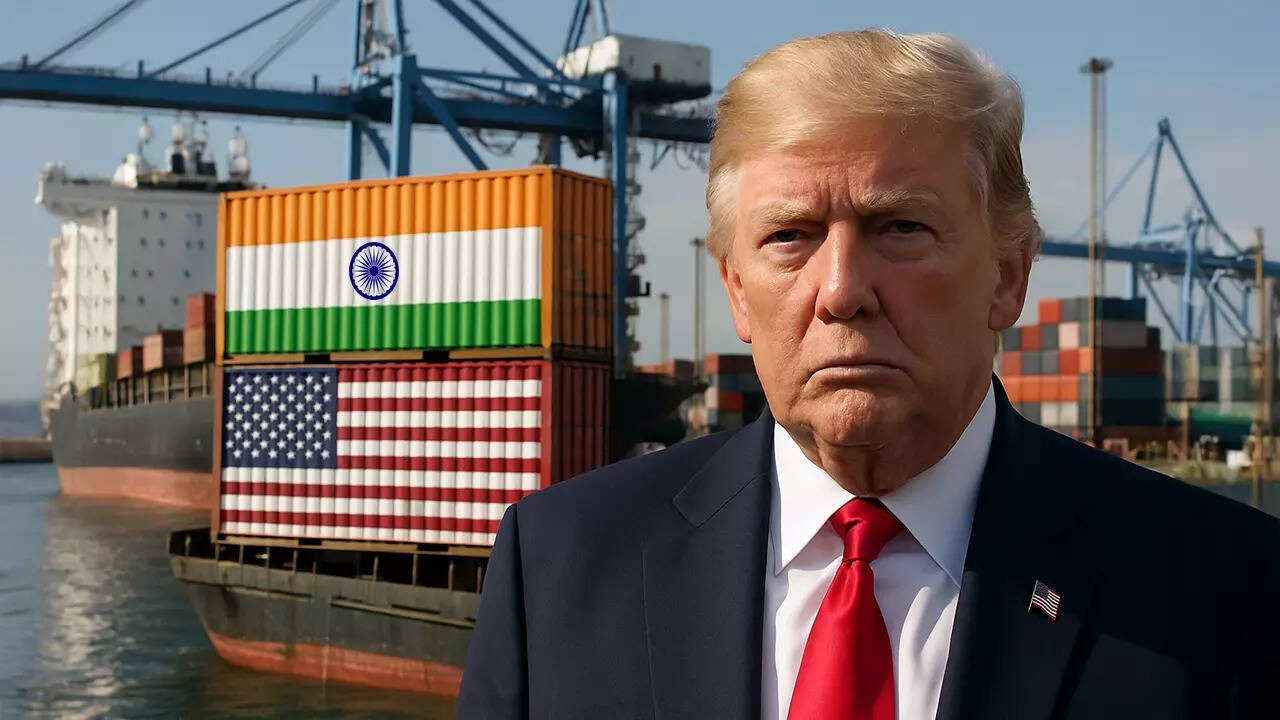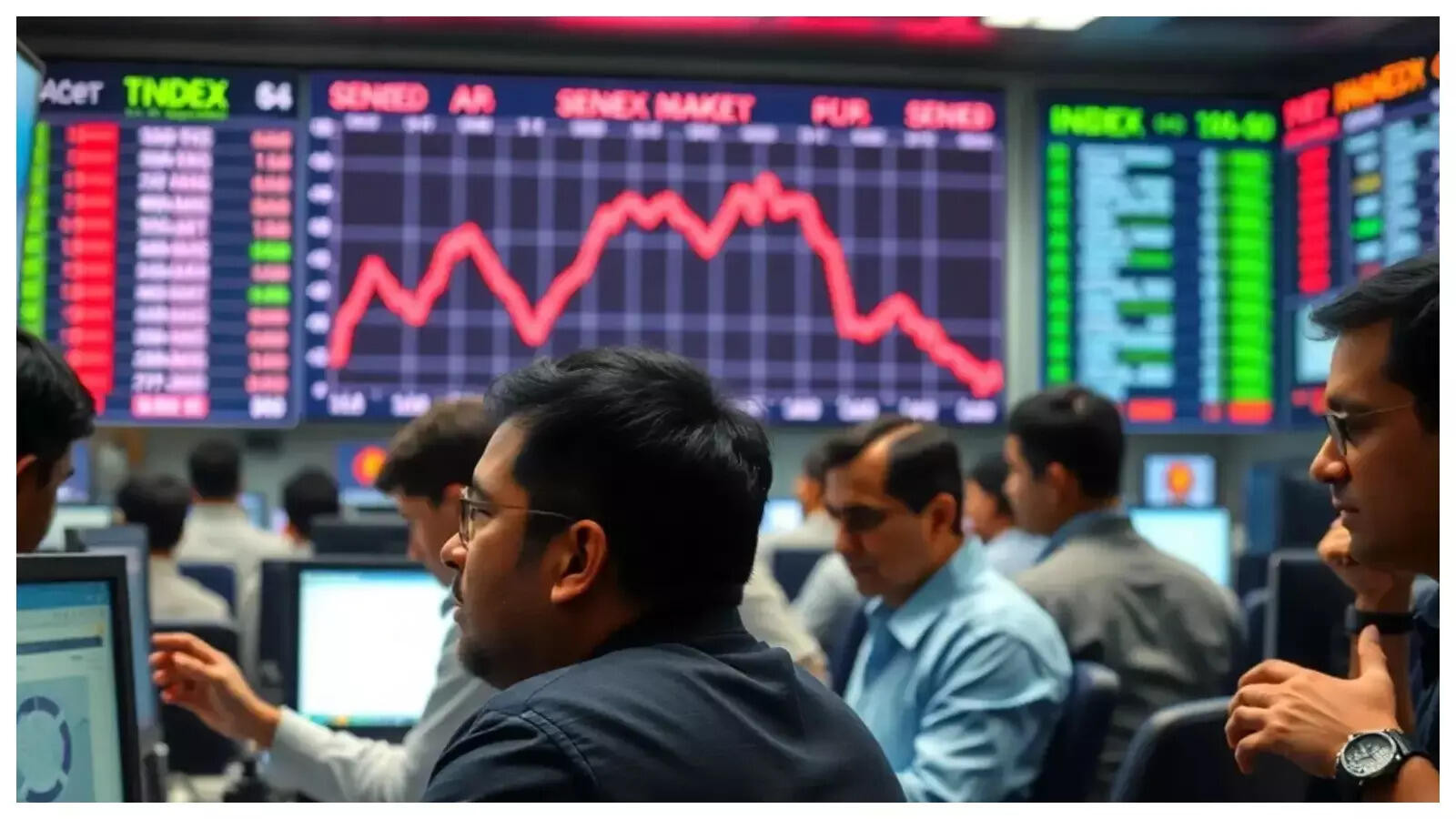Navigating the Trade Winds: Will US Tariffs Really Buffet India’s Growth Story?
The global economic landscape is rarely still. Just when you think you’ve charted a course, new winds emerge, threatening to push you off track. Lately, whispers of potential US tariffs have been swirling, prompting the question: Will these headwinds seriously impact India’s impressive growth trajectory?
The initial reaction might be one of concern. After all, the United States remains a significant trading partner for India, and tariffs can certainly disrupt established flows. However, a deeper dive suggests that the impact might be more manageable than initially feared. The Indian economy, much like a well-built ship, possesses several layers of defense and adaptability.
India’s Diversifying Trade Portfolio
One crucial factor mitigating the potential damage is India’s increasingly diversified trade portfolio. While the US market is important, India has been actively forging stronger ties with other regions, including Southeast Asia, Africa, and even within the BRICS nations. This strategic diversification reduces reliance on any single market, providing a buffer against external shocks. Think of it as spreading your investments – minimizing risk by not putting all your eggs in one basket.
Furthermore, the composition of India’s exports to the US is important. Many of these goods are either specialized or difficult to source elsewhere at comparable prices and quality. This gives Indian exporters a degree of pricing power and resilience, making it less likely that demand will simply vanish due to tariffs.
The Resilience of the Indian Economy
Beyond trade diversification, the Indian economy itself is demonstrating impressive resilience. Strong domestic demand, fueled by a growing middle class and rising consumption, provides a solid foundation for continued growth. Infrastructure development, another key driver, is steadily improving connectivity and efficiency across the country. This robust internal engine can help offset any slowdown in export-oriented sectors.

Consider also the government’s proactive approach to fostering domestic manufacturing through initiatives like “Make in India.” This push towards self-reliance not only reduces dependence on imports but also enhances the country’s export competitiveness in the long run. It’s about building a stronger, more self-sufficient economy capable of weathering external pressures.
Understanding the Nuances of US Tariffs
It’s also crucial to understand the specifics of any potential US tariffs. Across-the-board tariffs are rare. More often, they target specific sectors or products. A detailed analysis of which Indian goods are likely to be affected, and to what extent, is essential for assessing the true impact. Some sectors might feel the pinch more acutely than others, requiring targeted support and adaptation strategies.
For example, the impact on the IT services sector, a significant contributor to India’s exports, might be minimal due to the specialized nature of the services and the strong demand in the US market. On the other hand, certain manufacturing sectors might need to explore alternative markets or enhance their competitiveness to mitigate the effects.
Adaptation and Opportunity in Times of Change
Ultimately, the imposition of US tariffs, while presenting challenges, could also create opportunities for India. It might spur further diversification of trade relationships, accelerate the development of domestic industries, and encourage innovation and efficiency improvements within the export sector. History is littered with examples of nations turning adversity into advantage.
The key lies in proactive adaptation, strategic planning, and a commitment to continuous improvement. Businesses need to explore new markets, invest in technology, and enhance their competitiveness. The government, on its part, can play a crucial role by providing support, streamlining regulations, and fostering a favorable business environment. This is also a great time for India to solidify trade relationships with nations like Australia by promoting the India-Australia Economic Cooperation and Trade Agreement (IA-ECTA).
Charting a Course for Continued Growth
While the specter of US tariffs might cause some ripples, it’s unlikely to derail India’s overall growth story. The economy’s inherent resilience, combined with strategic diversification and proactive adaptation, positions it well to navigate these trade winds. The path forward requires careful navigation, a focus on strengthening domestic capabilities, and a willingness to embrace new opportunities. India is no stranger to navigating complex waters, and this challenge is unlikely to be any different. By staying the course and remaining adaptable, India can continue to chart a path towards sustained and inclusive economic growth.







